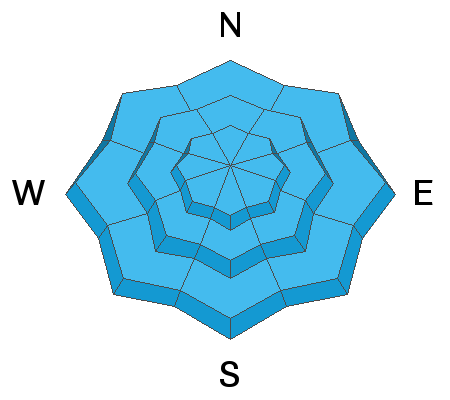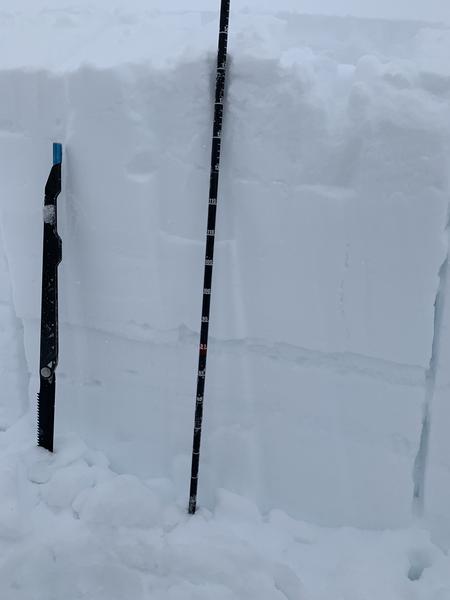Forecast for the Salt Lake Area Mountains

Issued by Trent Meisenheimer on
Sunday morning, January 26, 2020
Sunday morning, January 26, 2020
The avalanche danger is LOW on all aspects and elevations. Remember LOW danger does not mean there is NO danger in the mountains today. Watch for unstable snow on isolated terrain features.
Even small avalanches in steep sustained terrain can be fatal if you're taken for a ride. Use safe travel protocol by only exposing one person at a time to avalanche terrain. Carry rescue gear and keep an eye on your partner.
Even small avalanches in steep sustained terrain can be fatal if you're taken for a ride. Use safe travel protocol by only exposing one person at a time to avalanche terrain. Carry rescue gear and keep an eye on your partner.

Low
Moderate
Considerable
High
Extreme
Learn how to read the forecast here






